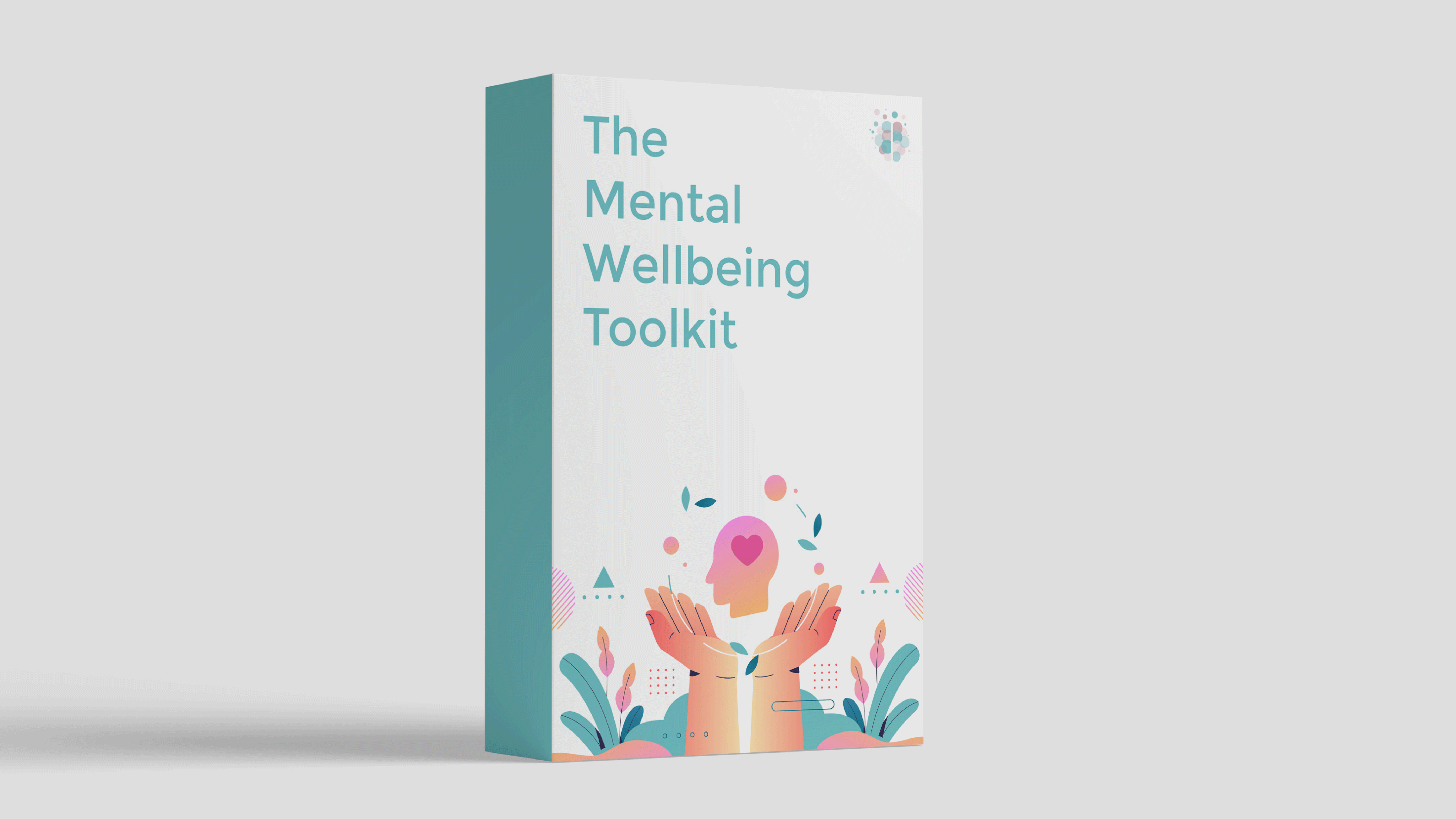A panic attack is an intense surge of fear or anxiety that comes on suddenly and reaches its peak within minutes. While anxiety is a normal human experience, a panic attack is characterised by its abrupt onset and severity. Panic attacks can involve a racing heart, sweating, trembling, shortness of breath, and a feeling of impending doom.
They differ from general anxiety in several ways:
- Intensity. Panic attacks are more severe than typical anxiety.
- Duration. They usually peak within 10 minutes and rarely last longer than 30 minutes.
- Trigger. They can occur without an obvious cause, while anxiety is often linked to a specific stressor.
- Physical symptoms. Panic attacks involve more intense physical sensations.
With this framework, let’s explore how to help ground someone experiencing a panic attack.
What is Grounding?
Grounding is a set of techniques used to reconnect with the present moment. It's particularly useful during panic attacks as it helps shift focus away from distressing thoughts or sensations.
Creating a Safe Environment
First, while helping someone ground themselves, it's crucial to create a calm environment:
- If possible, move to a quiet, less crowded area.
- Be sure to speak in a calm, reassuring tone.
- Ask if they're okay with physical touch (like holding hands).
- Remind them that panic attacks are temporary and will pass.
The 5-4-3-2-1 Technique
One of the most effective grounding methods is the 5-4-3-2-1 technique. Here's how to guide someone through it:
- Ask them to name five things they can see.
- Have them identify four things they can touch.
- Guide them to notice three things they can hear.
- Ask them to name two things they can smell.
- Finally, have them mention one thing they can taste.
This technique engages all five senses, helping to anchor the person in the present moment.
Breathing Exercises
Controlled breathing can significantly reduce panic symptoms. The following is a simple exercise sometimes called “box breathing”:
- Inhale slowly through the nose for four counts.
- Hold the breath for four counts.
- Exhale slowly through the mouth for four counts.
- Repeat until breathing normalizes.
Encourage the person to focus on their breath, feeling their chest rise and fall with each inhalation and exhalation.
There are also free apps you can use to help guide someone through breathing exercises.
Physical Grounding Techniques
Sometimes, physical sensations can help ground a person:
- Encourage them to feel their feet on the ground.
- Have them squeeze a stress ball or touch different textures.
- Guide them to run cool or warm water over their hands.
- Suggest they hold an ice cube and focus on the sensation.
These physical experiences can help redirect attention away from panic symptoms.
Cognitive Grounding Techniques
- Engaging the mind can also be an effective grounding strategy:
- Ask them to count backward from 100 by 7s.
- Have them name items in categories (e.g., types of fruits, car brands).
- Encourage them to recite favourite song lyrics or a poem.
- Guide them through a simple math problem.
These mental exercises can help shift focus away from anxious thoughts.
Provide Validation
It’s important to note that when someone is experiencing a panic attack, their emotions and physical sensations are overwhelming.
The situation may not objectively warrant such an intense reaction, but it’s outside of their control – they are not choosing to overreact.
So, avoid minimizing their experience or telling them to "calm down."
Validate their feelings and let them know you're there to support them.
Once the panic attack subsides, encourage rest and a practice of self-care in the following hours. It’s also a good idea to ask them how they’d prefer to be supported if they experience another panic attack in the future. You could ask:
- Is there anything specific I could do to help if this happens again?
- Does it help if I talk you through breathing exercises, or would you prefer silence?
- Are there any specific words or phrases that help you feel calmer when you’re panicking?
Summary
Here’s how to help ground someone during a panic attack:
- Create a calm, safe environment.
- Use the 5-4-3-2-1 technique to engage all senses
- Guide them through controlled breathing exercises.
- Try physical grounding techniques like touching different textures and temperatures.
- Engage their mind with cognitive exercises.
- Offer support and validation after the attack subsides.
Everyone's experience with panic attacks is unique, and what works for one person might not work for another. We hope you find these grounding techniques helpful for supporting someone in distress.
Interested in Self-Help?
Our self-guided programs include tools from CBT, DBT, ACT and more, so you can discover what works best for you. The Mental Wellbeing Toolkit is "like 10 therapy sessions in one."

About Julia
Dr. Julia Baron is a licensed psychologist in San Francisco with over a decade of diverse clinical experience. She specializes in women's health and wellness, substance use treatment, and paediatric/adolescent neuropsychological assessment.
Dr. Baron's practice encompasses psychotherapy, consulting, and coaching for individuals and teams. Her approach focuses on fostering balance, promoting wellness, and helping clients create positive changes to live more authentically and in alignment with their values. Visit her website at drjuliabaron.com or contact her via LinkedIn.



